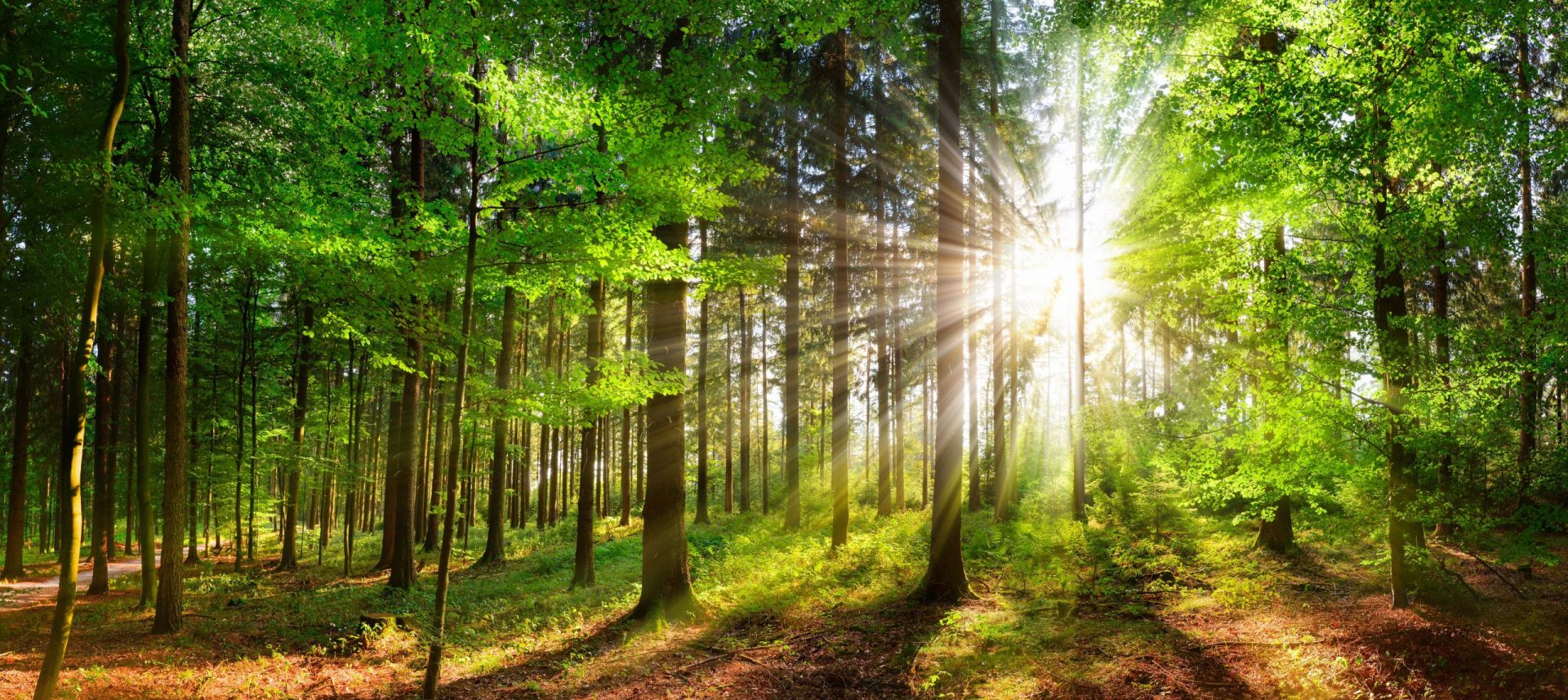
The Cité Verte eco-neighbourhood in downtown Québec City is heated with biomass, the living proof than a bioenergy-based heating system using waste from the forestry industry (branches, treetops, bark, sawdust…) is possible in an urban environment. To meet the targets set by the Québec government’s 2030 energy policy for reducing the use of petroleum products and greenhouse gas emissions, municipalities must turn to bioenergy. However, projects like the Cité Verte are still uncommon, even in rural areas near forest resources.
The work of Évelyne Thiffault, a professor and researcher in the Department of Wood and Forest Sciences at Université Laval, and her multidisciplinary team indicates that the use of forest biomass for heating has not yet reached its full potential. The technology is cost-effective and has proven its worth, but there are problems with the supply chain. In particular, there is a lack of knowledge and expertise not only to ensure the quality of the biomass – for example, having the right moisture content – but also to get it to the user.
The research team has therefore designed a diagnostic tool to support projects for the use of forest biomass consisting of logging residues, sawmill residues and construction waste. The tool has been tested with the Communauté métropolitaine de Québec: decision-makers can analyze, for example, the possible impacts of replacing an arena’s highly polluting fuel oil system with different bioenergy options, from environmental, economic and social perspectives.
The tool also informs managers about the advantages of bioenergy, which is the most versatile form of renewable energy: it can be used in liquid form for transportation (biofuel), or in gaseous form (biogas) or solid form (wood chips) for heating. Moreover, the conversion of biomass into heat is more efficient than other energy sources.
Évelyne Thiffault and her colleagues are now working on another tool to compare bioenergy with other renewable energies.
